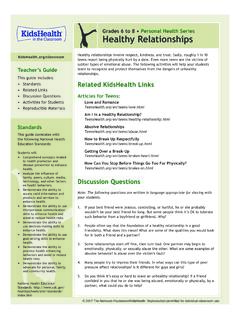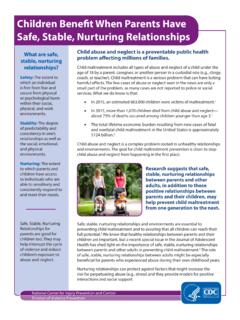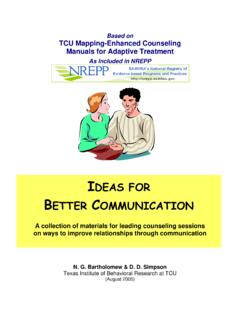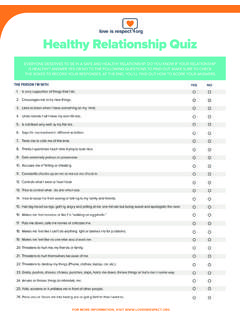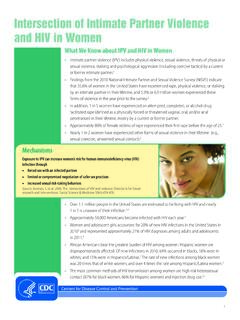Transcription of Holiday Stress Report FINAL
1 Washington, DC California 10 G Street NE, Suite 400, Washington, DC 20002 Phone: 202 478 8300 / Fax: 202 478 8301 50 California Street, Suite 1500, San Francisco, CA 94111 Phone: 415 277 5403 / Fax: 415 358 9599 December 12, 2006 Holiday Stress Introduction The holidays are a busy time for people in the United States. From everyday stressors such as working long hours to fighting traffic, caring for aging parents and paying the bills, just when you think your life is stressful enough, the holidays arrive, adding an additional layer of Stress to our already busy lives. Depending on how well you manage Stress , added responsibilities can have a long-lasting impact on your body and your mind. The objectives of this study were to explore Stress during the holidays: the proximate and most important causes of Stress , how Holiday Stress differs from Stress at other times of the year, and what if anything people do differently during the Holiday season to manage their Key Findings Holiday Stress has a particular impact on women, who take charge of many of the Holiday celebrations, particularly the tasks related to preparing meals and decorating the home.
2 Women are more likely than men to Report an increase of Stress during the Holiday season. In addition, they have a harder time relaxing during the holidays and are more likely to fall into bad habits to manage their Stress , like comfort eating. Holiday Stress has an impact on lower middle income individuals. This group feels the weight of Stress from work plus the seasonal rush to find time to get everything done. In addition, their worries about money are heightened by the commercialism of the season and the pressure to spend a lot of money. Emotions run high during the holidays: people in the United States Report feelings of love, happiness, and high spirits. The most important aspects of the holidays are the opportunities to connect or reconnect with friends and family.
3 People in the United States are more likely to feel their Stress increases rather than decreases during the holidays. The holidays can be a hectic time for many, and a lack of money, a lack of time, and the hype and commercialism of the season causes increased Stress for people in this country. During the holidays, Stress takes on a different character than at other times of the year. Men and women alike feel a duty to make the holidays the best they can for their families. 1 This memo is based on a random-digit dial telephone survey of 786 adults ages 18 and over. This survey was conducted October 2-5, 2006 and carries a margin of error of +/- percentage points. For more methodological details, please see Appendix A.
4 Holiday Stress 2 2006 Greenberg Quinlan Rosner, All Rights Reserved. October 24, 2006 At the same time, commercialism and hype run rampant during the holidays as the shops and the advertising pressure us to buy more and more expensive gifts during this, their prime shopping season. The challenge becomes whether the family will have enough money and time to execute the perfect Holiday without running up credit card debt. Workplace Stress does not disappear. Although time off work is an important highlight of the holidays, people worry about getting enough time off of work and that work responsibilities might interfere with time spent with the family. During the holidays people in the United States are much more likely to say they behave in sedentary ways like watching TV, sleeping, eating and drinking to manage their Stress .
5 Many individuals engage in comfort eating and other unhealthy behaviors to cope with their Stress levels. Women are particularly vulnerable to increased Stress around the Holiday season. It is women who shoulder the majority of the family burden for shopping and Holiday celebrations and they feel particular Stress from the time crunch required to get everything done. On Thanksgiving, many people in the United States sit down with family to have the traditional Thanksgiving meal. However, women are nearly twice as likely as men to say they will do the work necessary to pull off the multi-course turkey dinner: shopping for food, cooking, and cleaning dirty dishes. Lower middle income people in the United States feel a financial crunch around the holidays.
6 The struggle to afford and to purchase material goods is particularly acute for this group. Lower middle income individuals feel the pressure of commercialism and hype during the holidays, as well as the financial worries of being able to afford the holidays without running up credit card debt. For most people in this country, the New Year offers hope and a reminder that there is always opportunity for change and self-improvement. In the New Year, most individuals would like to improve their health or lose weight, get their finances in order, or improve their relationships with family or a significant other. Main Findings: Many people reported looking forward to the holidays as a time of good cheer. The holidays are the time of year when people Report focusing more on their friends and on their family.
7 Stress does increase for certain groups during the holidays: those who feel particular responsibility for the family, like women, and those who struggle to find the extra income to afford the holidays, like lower middle income individuals. The holidays are, first and foremost, a joyful time. During the holidays, people Report many positive emotions such as happiness (78 percent often), love (75 percent often), and high spirits (60 percent often). (figure 1) Holiday Stress 3 2006 Greenberg Quinlan Rosner, All Rights Reserved. October 24, 2006 Figure 1: Positive Holiday Emotions (percent responding often and often/sometimes ) Positive emotions during the holidays2440607578 Often64 Extra energy 68 Connectedness 89 High spirits 90 Love 96 Happiness Often/sometimesHow often do you experience any of the following during the holidays?
8 People love the holidays and look forward to spending time with loved ones, especially family. In an open ended question about their favorite thing about the holidays, 53 percent mention family and/or friends and 36 percent specifically mention spending more time with family. On the other hand there is no clear consensus about what is the least favorite part of the holidays. In an open ended question about their least favorite thing about the holidays, responses range from money to family to bad weather. Many dislike the commercial aspects of the holidays, such as shopping (18 percent), money (13 percent), and commercialism (5 percent). This reticence about the commercial aspects of the holidays also shows up in emotion felt around the Holiday season.
9 Though positive emotions dominate, we also see mentions of Stress (61 percent often/sometimes) and fatigue (68 percent often/sometimes). (figure 2) Holiday Stress 4 2006 Greenberg Quinlan Rosner, All Rights Reserved. October 24, 2006 Figure 2: Negative Holiday Emotions (percent responding often and often/sometimes ) Negative emotions during the holidays6825 Fatigue357 Anger 7791120 Often26 Loneliness36 Sadness 28 Bloating 52 Irritability 61 Stress Often/sometimesHow often do you experience any of the following during the holidays? The hustle and bustle of the holidays has psychological consequences for some respondents. More people are inclined to feel that their Stress increases, rather than decreases, around the holidays (38 percent increase versus 8 percent decrease).
10 However, most people (54 percent) feel that there is no difference in the amount of Stress they experience. (figure 3) Holiday Stress 5 2006 Greenberg Quinlan Rosner, All Rights Reserved. October 24, 2006 Figure 3: Holiday Stress (percent responding) Holiday changes in Stress level38854 IncreaseDecreasesStays the sameIn general, during the holidays would you say the level of Stress in your life increases, decreases, or stays about the same? Stress around the holidays is disproportionately felt by women. Women are more likely to feel that Stress increases around the holidays (44 percent of women Report an increase of Stress during the holidays versus 31 percent of men). (figure 8) For women, Stress may be a function of greater family responsibilities during the holidays.












